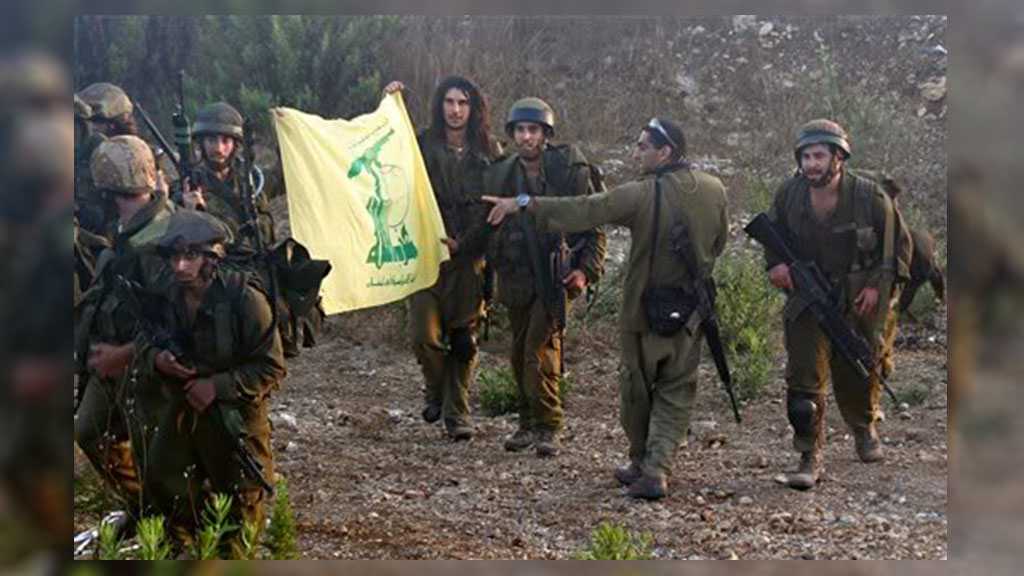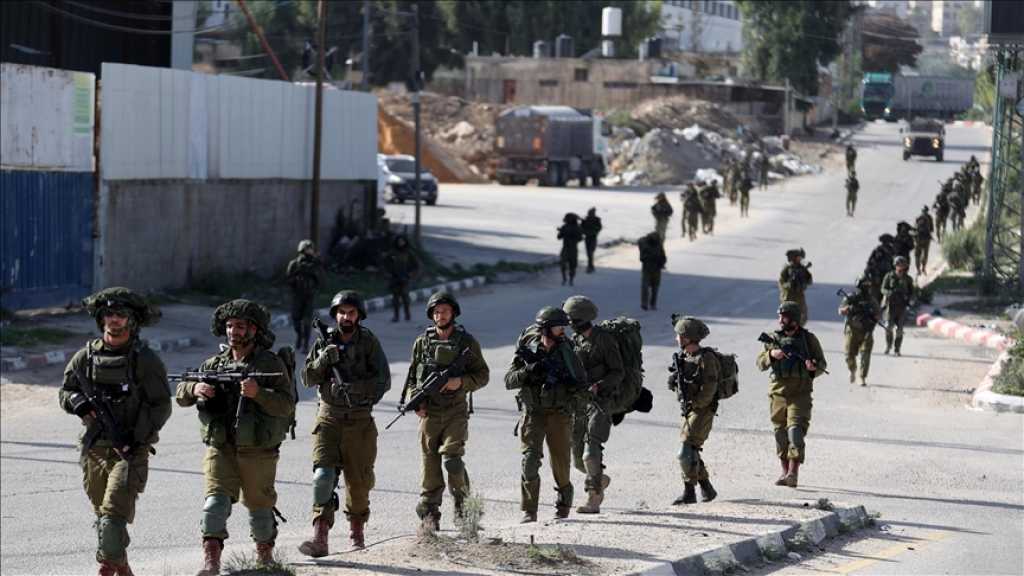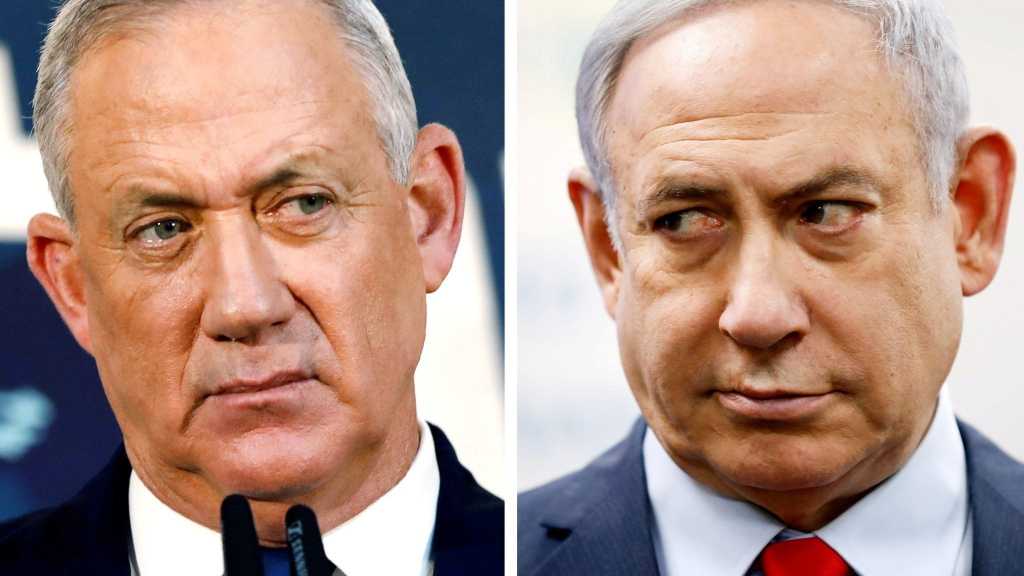
‘Israel’ Must Revamp Its Strategies amidst Fear of Future War with Hezbollah

By Staff, BESA Center
If the “Israeli” Occupation Forces [IOF] continues to operate according to its old conventions while the Lebanese Resistance group Hezbollah continues to adapt itself to new realities, it could find itself defeated. Hence, IOF commanders need new capabilities to safeguard and support the forces on the ground.
Over the 20 years since the IOF’s withdrawal from Lebanon, Hezbollah has formulated an approach to warfare that reflects its awareness of the fact that the speed of the IOF’s offensive maneuver is the key to its operational advantage. What Hezbollah has done is step up this approach to pose an unprecedented operational challenge to the IOF.
According to the report, this challenge is based on three systemic efforts:
- Continuous and wide-scale rocket/missile fire against centers and military targets across the “Israeli”-occupied Palestinian territories.
- A dense defensive deployment aimed at exacting a high price from attacking IOF forces to the point of casting the whole purpose of the ground offensive into doubt.
- The third effort aims at a wide-scale attack by commando forces on settlements and IOF positions in “Israeli” occupied territory all along the front.
Hezbollah has successfully thwarted “Israeli” Chief of Staff Moshe Dayan’s operational concept regarding the entity’s “Sinai Campaign” during the October 1973 War.
With its continuous defensive deployment along the mountain roads and in the villages, Hezbollah reduced the momentum of the IOF attacks. At the same time, by using a decentralized command and control system that affords functional independence to the subsectors during combat, the resistance group came up with a solution to the problem of isolation and disruption of its main command posts.
Taken together, these three efforts challenge the IOF’s traditional capabilities to the point of strategic confusion about the purpose of its activity and the casting of doubt on the relevance of the ground offensive. That doubt is reflected, among other things, in the realization that even if an IOF ground offensive reaches Beirut, victory will not be ensured because Hezbollah’s contingents in the subsectors through which the maneuvering forces will pass will probably keep fighting even under siege conditions. Removing the threat in its entirety would require a large order of battle and considerable time. Meanwhile, Hezbollah’s precision rocket/missile fire would likely continue, paralyzing “Israel”, including fire from positions in northern Lebanon, Syria, and Iraq. The terms for opening ceasefire talks may well humiliate “Israel” and cast it in the role of the defeated side.
The state of being in a quandary has always been an engine of creativity. In facing Hezbollah, whose war-fighting approach centers on its adversary’s difficulty in advancing through hilly areas, the IOF needs to come up with an innovative breakthrough.
The combat methods Hezbollah has adopted since then – with considerable success – call for an innovative adjustment by the IOF. Given the unprecedented nature of the threat the resistance group now poses, IOF commanders cannot look to other armies for a tried-and-true solution. If the IOF keeps operating according to the conventions of the last century it could find itself defeated.
Given Hezbollah’s new ability to disrupt the advance of IOF forces, what the entity’s division headquarters and territorial command require today are new capabilities to safeguard and support advancing forces with the close assistance of intelligence and of fire.



